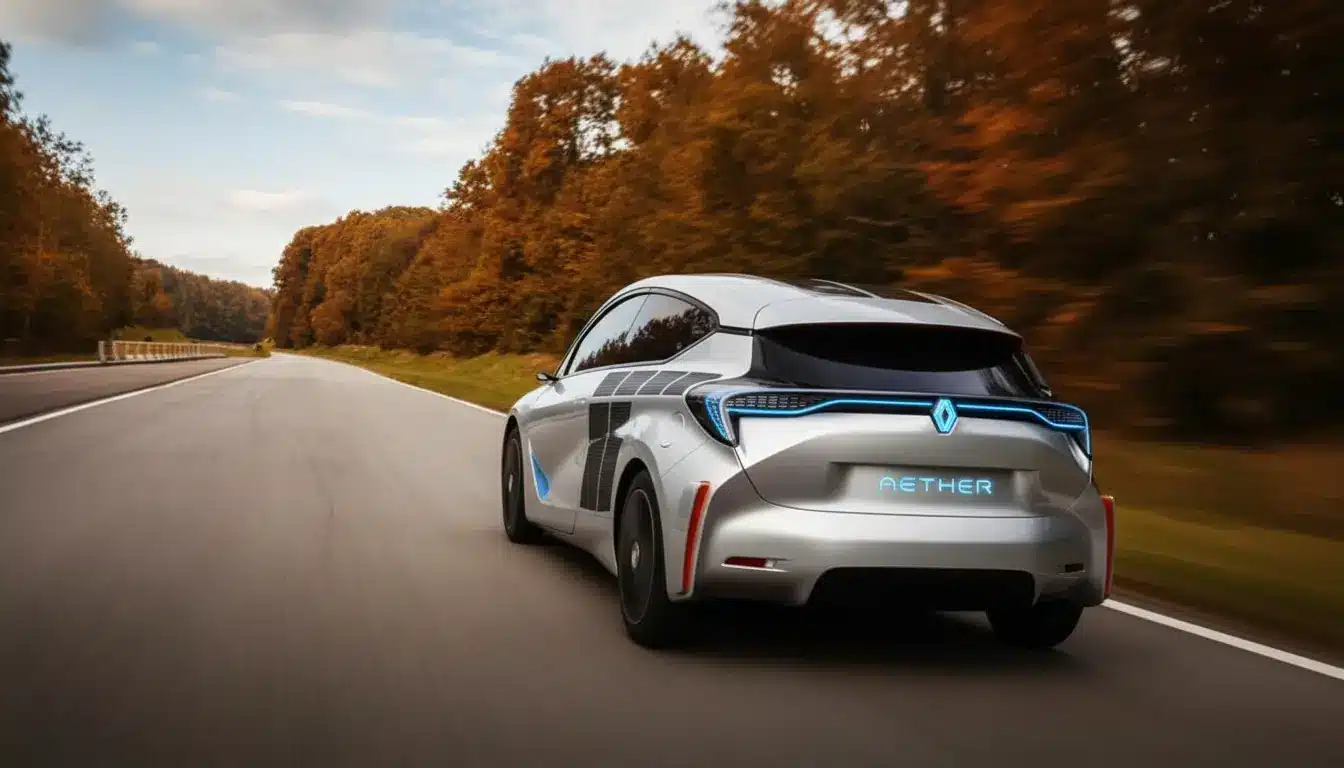If you thought the era of jaw-dropping maritime engineering had peaked with the latest superyacht, think again. The Pangeos terayacht is about to completely change your perspective—and perhaps rewrite the very definition of what floats.
The Pangeos Terayacht: When Boats Go Big—Really Big
Let’s be honest: no one saw the rise of a floating city in the form of a gargantuan turtle coming. Yet here it is, courtesy of the Lazzarini Design Studio. As reported by CNN, the Italian design agency has drawn up plans so ambitious they had to invent new terminology. Pangeos is not a superyacht, but a “terayacht”—a wink to the bygone supercontinent Pangea, hinting at its world-uniting proportions.
Pangeos is no common luxury vessel. According to Lazzarini, the ship will be large enough to house hotels, apartments, shopping centers, parks, and more—accommodating as many as 60,000 passengers. It’s essentially a cruise ship, resort, and city all rolled into one, set atop the open waves. When not docked (is “anchored” even the right word?), it can be accessed via plane or boat using ports built directly into its structure—a handy feature, as its creators picture it circling the globe rather than charting conventional cruise routes.
Engineering the Impossible? Challenges on a Titanic Scale
Just how big are we talking? Pangeos will stretch 550 meters long and, at its widest, a whopping 610 meters. If it’s ever built, it will be the largest ship humanity has assembled to date.
This is no easy feat. The project demands a shipyard of matching grandeur—one that currently doesn’t exist. Building Pangeos would require a construction area 600 meters by 650 meters, including the not-so-minor task of dredging a full square kilometer of seawater and raising a circular dam. Once complete, this dam would be opened to flood the area, setting the mammoth structure afloat. Lazzarini envisions Saudi Arabia’s coastline as the prime spot to embark on this audacious undertaking.
Eco-Turtle on the Waves: Advanced, Green Propulsion
Yacht designers typically avoid animal-inspired forms for streamlined efficiency. Yet Pangeos’s outstretched flippers aren’t just for show. According to the manufacturer, these extremities will transform the kinetic energy of ocean waves into clean power, enabling continuous, emission-free navigation. And, in case the waves take a break, solar panels will cover the roof to provide backup energy, alongside integrated electric engines. Propulsion won’t be lacking: Pangeos is slated to use nine cutting-edge electric motors, each boasting 16,800 horsepower.
Billion-Dollar Dreams and Next-Level Fundraising
Of course, a ship the size of a small city comes with a suitably enormous price tag—$8 billion by agency estimates. Even the timeline is epic: at least eight years of construction, if all goes according to plan, and not a shovel in the dirt before 2025. Faced with these realities, Lazzarini Design Studio has gotten creative with funding. Like an NFT-fueled real estate sale, they’re offering “Unreal Estate”—virtual tickets, hotel rooms, even metaverse homes aboard a digital Pangeos, ready for virtual boarding in 2024 for those eager to experience the dream (if only in pixels, for now).
- Construction start forecast: 2025 at the earliest
- Estimated build time: minimum 8 years
- Projected cost: $8 billion
- Capacity: up to 60,000 passengers
Pierpaolo Lazzarini, born in Rome in 1982, isn’t new to bold visions. After launching his career in car design, he’s dived into ambitious nautical projects, with yachts as his starring creations.
Bonus: Other Yacht Designs Pushing Boundaries
Lazzarini’s earlier concepts also break molds. His “Shape” superyacht, at 102 meters, features a striking customizable “void” at its heart—a gaping hole through the hull, accessible for swimming and, for landlubbers, an infinity pool with a glass bottom to watch underwater action without risking a toe. This vessel spreads its six plush suites across three decks, peak amenities including a helipad and private jacuzzi. “Shape stands out for avoiding unnecessary excess in favor of a captivating silhouette,” the design team notes.
The “Saturnia” is a near-all-carbon marvel, light enough to defy gravity and reach 30 knots (56 km/h). With a hybrid diesel and electric jet drive, it can glide with zero greenhouse emissions. Travellers will have access to a private mini-port running through the center, glass-floored terraces, and a rooftop panoramic pool, with enough space for 20 guests and as many crew.
Then comes “Plectrum,” a futuristic hydrofoil superyacht set to fly across the water thanks to a submarine fin and three hydrogen engines. Inspired by America’s Cup vessels (though much larger), this 75-meter behemoth would cost $86 million—if it ever becomes reality.
Is the world ready for a terayacht-shaped turtle to roam the oceans? Only time—and a lot of creative fundraising—will tell. For now, one thing is certain: maritime imagination, especially in the hands of passionate visionaries, knows no bounds. Got your metaverse ticket ready?

John is a curious mind who loves to write about diverse topics. Passionate about sharing his thoughts and perspectives, he enjoys sparking conversations and encouraging discovery. For him, every subject is an invitation to discuss and learn.





